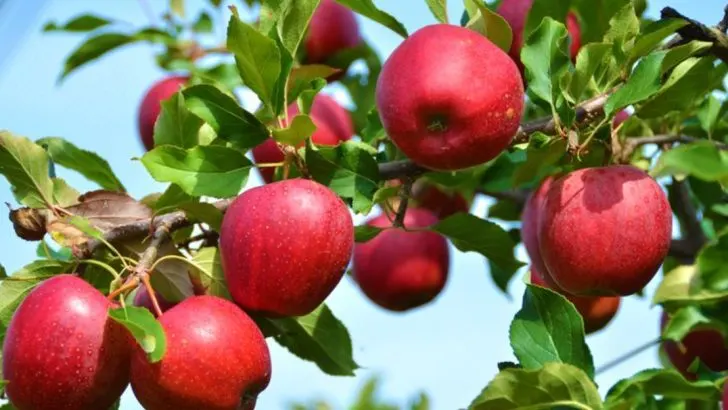When planning for long-term self-sufficiency, trees play a crucial role in providing food, medicine, shelter, and even fuel. While annual crops are important for immediate sustenance, survivalists should think beyond seasonal harvests and invest in resilient, multi-purpose trees. Whether you’re looking for fruit, nuts, medicinal properties, or natural resources for survival, these 20 trees are invaluable for any preparedness-focused landscape.
Apple Tree
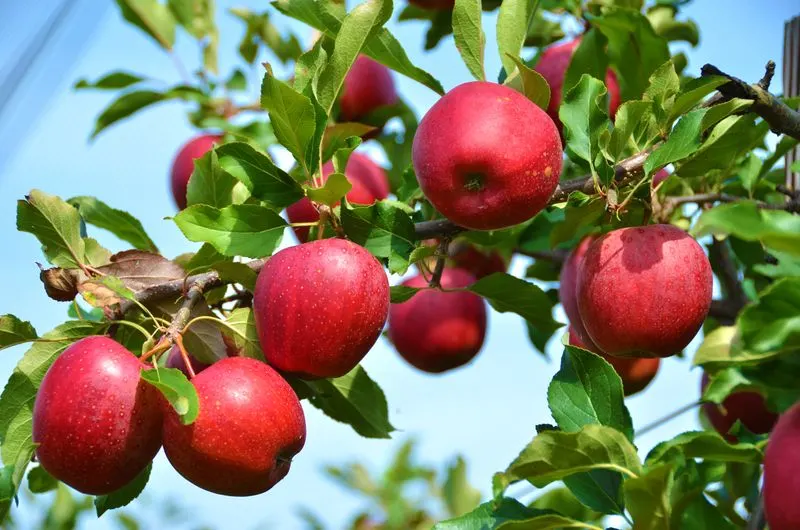
Succulent apples provide nutrition and a sweet treat. Growing apple trees ensures a reliable fruit source, critical for any self-sustaining lifestyle.
These trees are adaptable to various climates, making them a versatile choice for many survivalists. Pruning and regular care enhance fruit production.
With numerous varieties, each offering different flavors, selecting a mix can provide a diverse harvest season. Apple trees also attract pollinators, boosting the health of your entire garden ecosystem.
Black Walnut
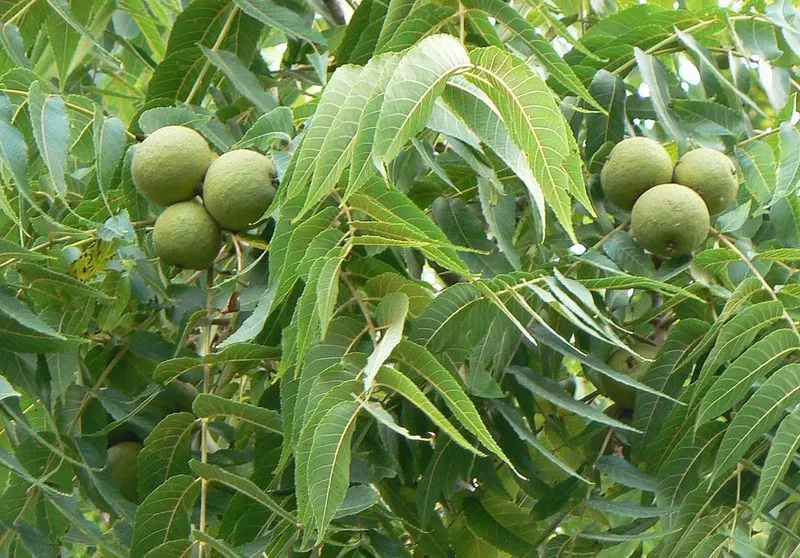
Known for its edible nuts and valuable wood, the black walnut is a powerhouse in the survivalist arsenal. Its nuts are rich in protein and healthy fats.
Beyond food, the tree’s timber is highly prized, offering additional value. The leaves and husks have natural herbicidal properties.
This tree does require space as it emits juglone, which can inhibit the growth of some plants nearby. Planning and careful planting can mitigate these effects.
Pawpaw Tree
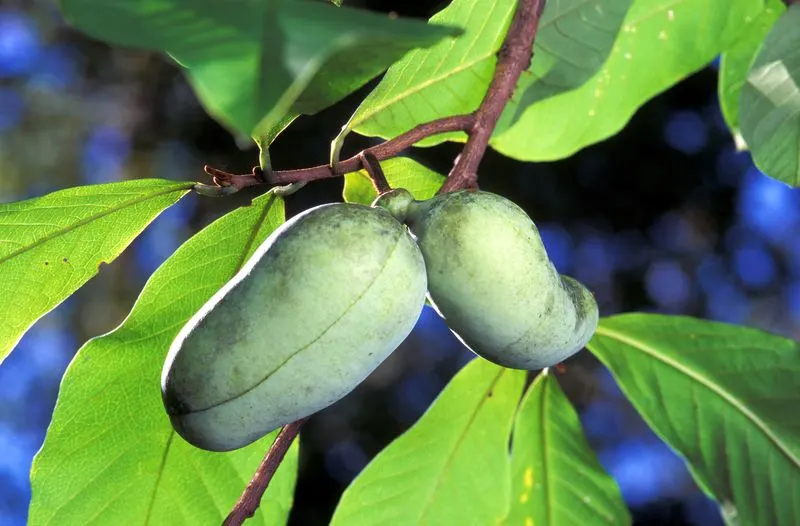
The pawpaw tree brings a tropical taste to temperate zones. Its custard-like fruit is rich in vitamins and minerals.
Adaptable to partial shade, it thrives in understory environments, making it an excellent companion to larger trees. The unique flavor is a delightful addition to any diet.
As a native tree, it supports local ecosystems and attracts wildlife, providing a dual role in sustenance and ecological balance.
Chestnut Tree
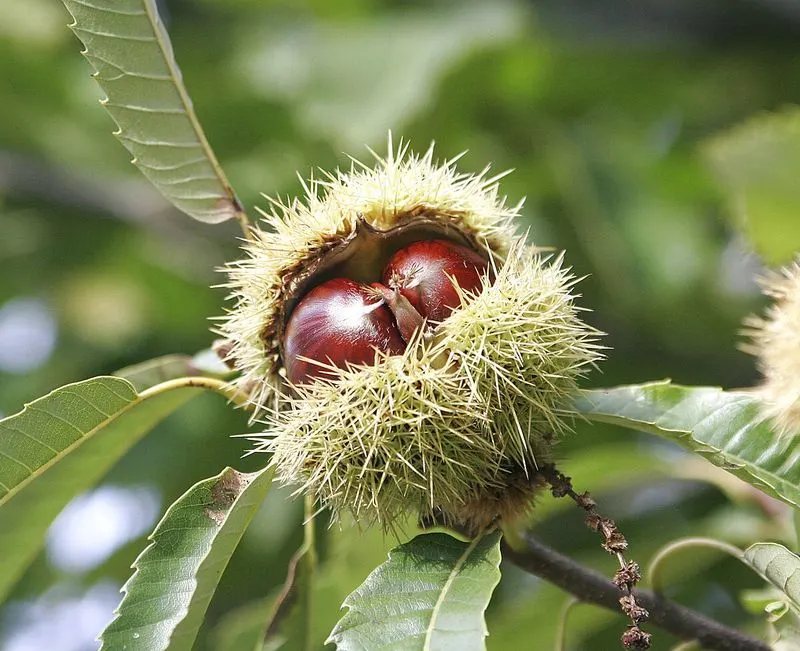
Chestnuts have been a staple food for centuries, offering carbohydrates and proteins essential for energy. The tree is also valued for its rot-resistant wood.
Modern blight-resistant varieties mean you can grow them with less risk. The nuts can be ground into flour, expanding your culinary options.
As they mature, chestnut trees provide ample shade and habitat for wildlife, contributing to a thriving garden ecosystem.
Elderberry
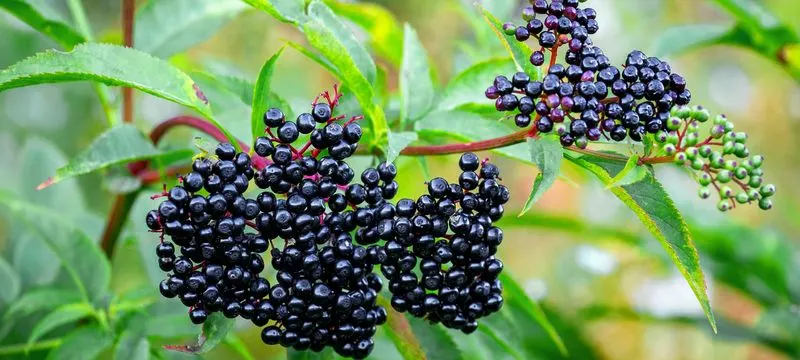
Elderberries are renowned for their immune-boosting properties, making them a medicinal ally in preparedness.
The berries and flowers can be crafted into syrups, jams, and teas, providing versatile uses. Growing elderberry trees supports health resilience.
Known for attracting birds and beneficial insects, they enhance biodiversity. Consider their fast-growing nature for quick yields.
Fig Tree
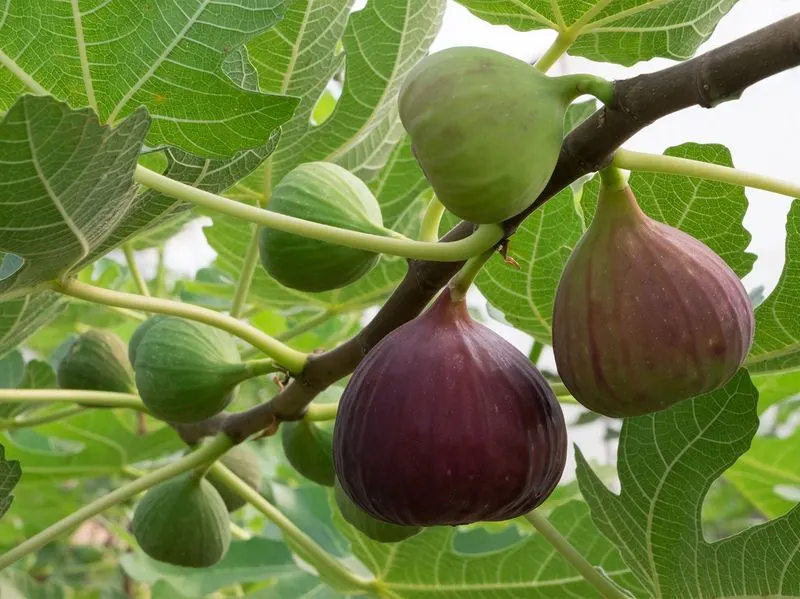
Figs offer a sweet, nutrient-rich snack, high in fiber and essential minerals. These trees thrive in warm climates and are known for their resilience.
A well-cared-for fig tree can produce abundant fruit, adding diversity to your food sources. Its broad leaves offer shade and cooling effects.
By pruning strategically, you can shape the fig tree to fit small spaces, making it ideal for compact gardens.
Hazelnut Tree
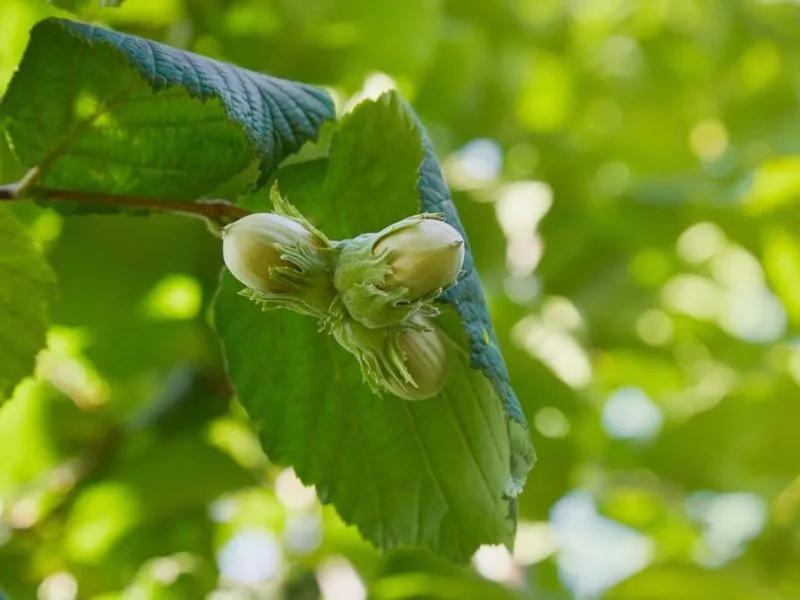
Hazelnuts are a versatile addition, providing protein and healthy fats crucial for a balanced diet.
These trees are relatively low maintenance, making them suitable for various climates and soil types. The nuts can be stored for long-term use.
Beyond food, hazelnut trees serve as windbreaks, protecting other plants from harsh weather, and their presence encourages biodiversity.
Mulberry Tree
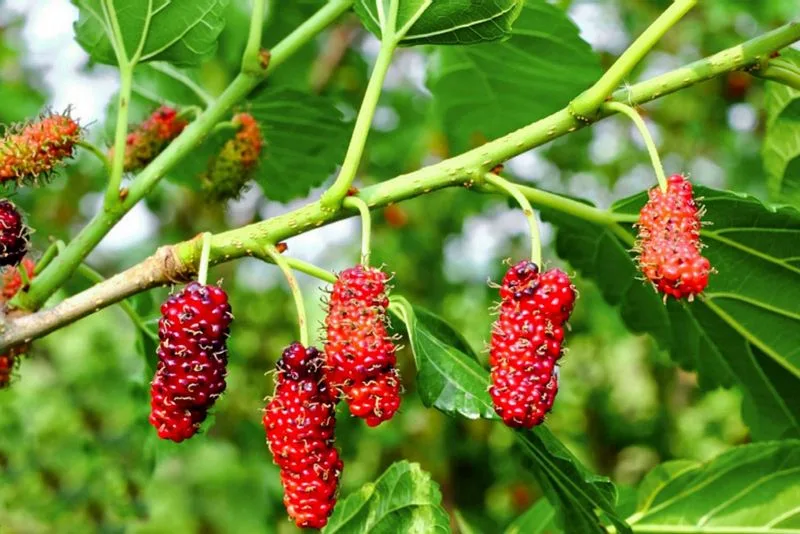
Mulberries are not only delicious but also packed with nutrients. Their fast growth makes them an excellent choice for quick fruit yields.
These trees are hardy and can thrive in less-than-ideal soil conditions, making them adaptable to many environments.
The berries attract birds, supporting local wildlife. Their leaves, often used as fodder, offer additional benefits, making mulberry trees multifunctional.
Olive Tree
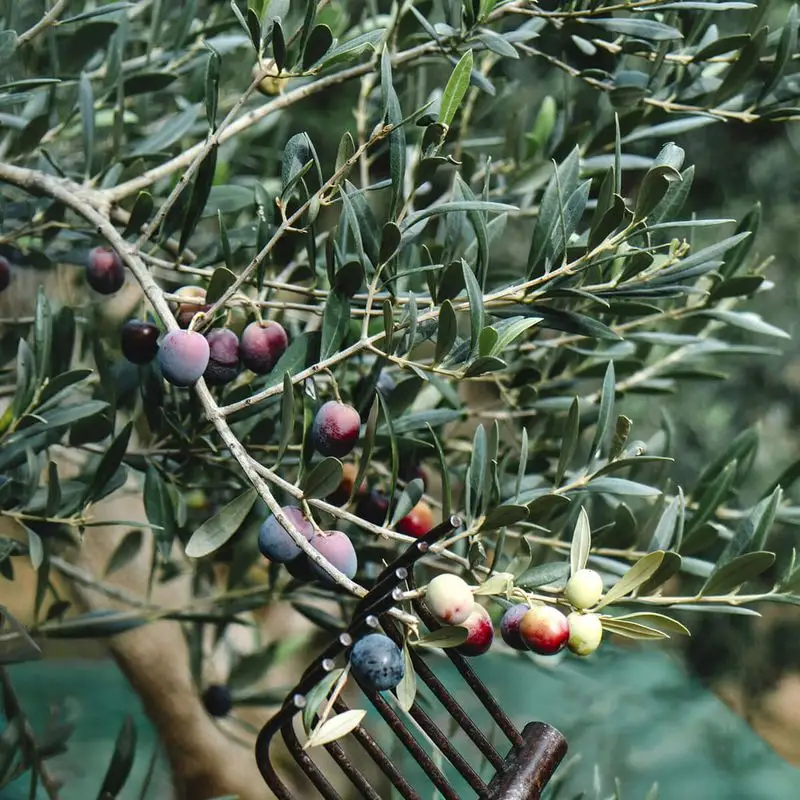
Olive trees symbolize peace and longevity, providing healthy fats essential for survival. The olives can be pressed for oil or cured for eating.
These trees thrive in dry, rocky soils and can live for centuries, making them a lifelong investment. Their silvery leaves add beauty to any setting.
Beyond food, olive trees require little water and maintenance, making them an ideal choice for sustainable living.
Pear Tree
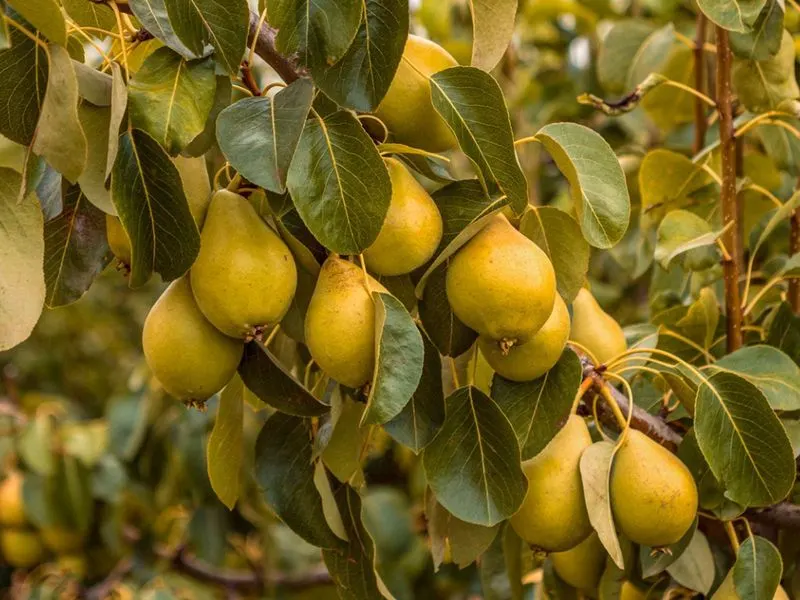
Pears offer a sweet, juicy fruit that’s easy to grow in various climates. Their versatility in culinary applications is unmatched.
These trees are typically low maintenance, providing consistent harvests with proper care. Pruning encourages healthy growth and fruiting.
Pear trees also add aesthetic value with their spring blossoms, attracting pollinators and enhancing biodiversity in your garden.
Persimmon Tree
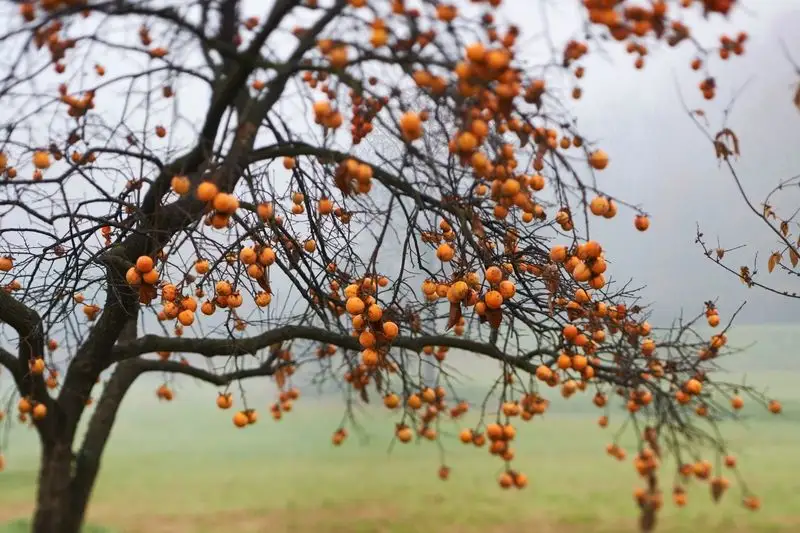
Persimmons, with their honey-like sweetness, are a fall favorite. These fruits are packed with vitamins, making them a healthy choice.
They can grow in a variety of soil types and climates, adapting well to different environments. Their fruit, high in fiber, can be dried for preservation.
The trees themselves add color in autumn, creating a scenic landscape. Their resilience makes them a reliable choice for any survivalist.
Pecan Tree
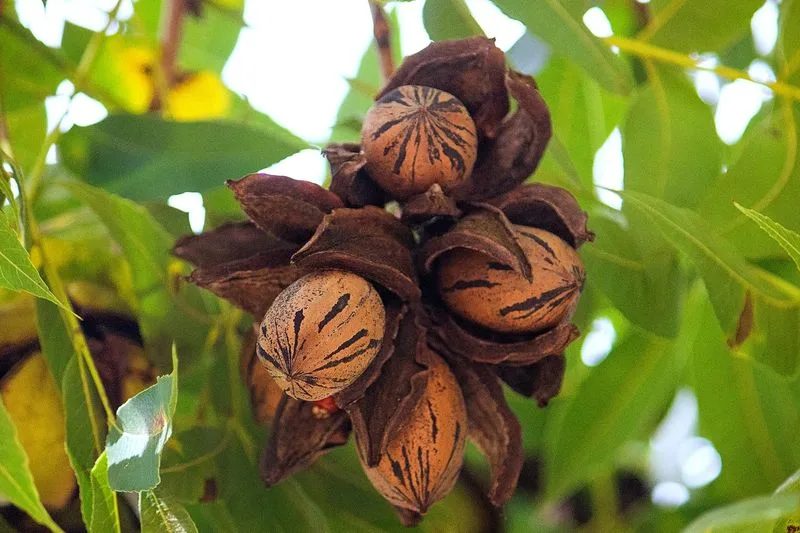
Pecans are rich in healthy fats and proteins, perfect for long-term nutritional needs. Their delicious flavor enhances numerous recipes.
Mature trees can produce abundant harvests, though they require space to grow. Pecans store well, ensuring a lasting food supply.
In addition to food, pecan wood is valuable for its durability and appearance, offering utility beyond the kitchen.
Plum Tree
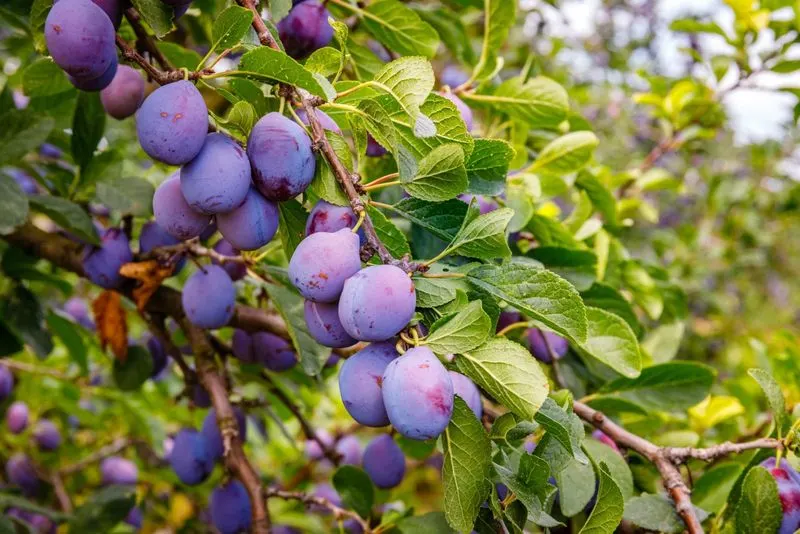
Plums provide a juicy, sweet-tart flavor, ideal for fresh eating or preserving. Their high vitamin content supports overall health.
These trees adapt well to various climates, producing reliable yields with minimal care. Regular pruning encourages fruit production.
Beyond the fruit, plum blossoms add a burst of color in spring, attracting pollinators and benefiting the entire garden ecosystem.
Quince Tree
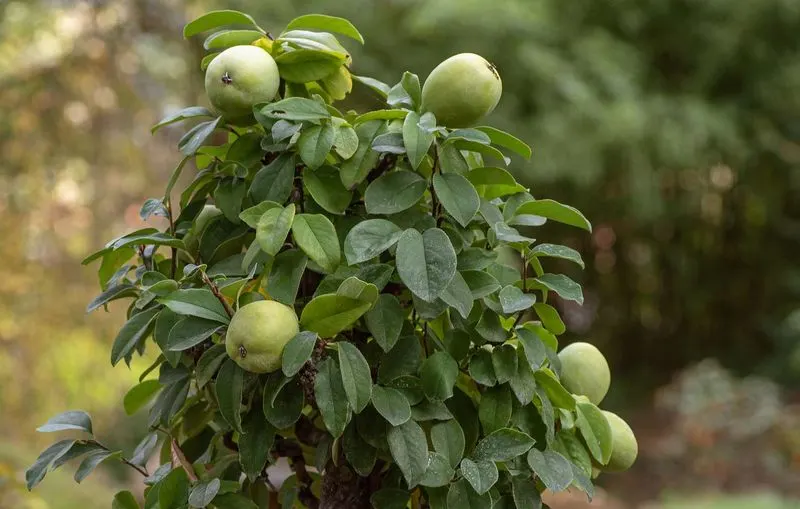
Quince fruits are cherished for their aromatic flavor, often used in jams and jellies. Their high pectin content aids in preservation.
These trees are hardy and can thrive in different climates, offering a reliable harvest. The fruit ripens in late fall, providing variety to your produce.
Aside from fruit, quince trees contribute to garden aesthetics with their delicate flowers and unique fragrance.
Serviceberry
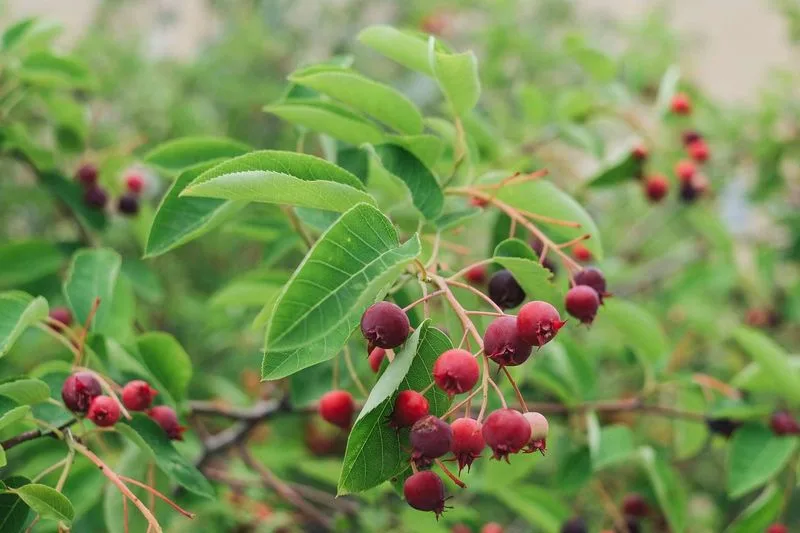
Serviceberries are small yet powerful, offering sweet, blueberry-like fruits rich in antioxidants.
Their early flowering makes them a vital resource for pollinators. These trees adapt to various soil types and conditions, ensuring resilience.
Serviceberry trees are compact, suitable for small gardens, and their autumn foliage brings a splash of color to your landscape.
Apricot Tree
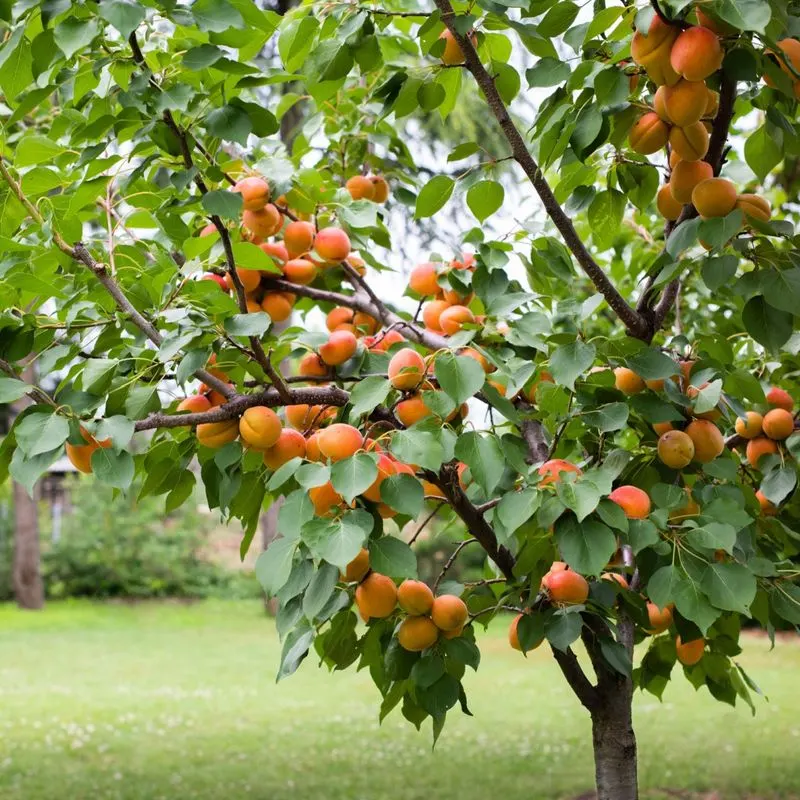
Apricots are delectable fruits, offering vitamins and minerals essential for health. Their sweet flavor is a summer delight.
These trees thrive in sunny locations with well-drained soils, producing abundant fruit with proper maintenance. Pruning enhances fruit quality.
Beyond fresh fruit, apricots can be dried or preserved, extending their culinary uses. The tree’s beauty enhances any garden setting.
Cherry Tree
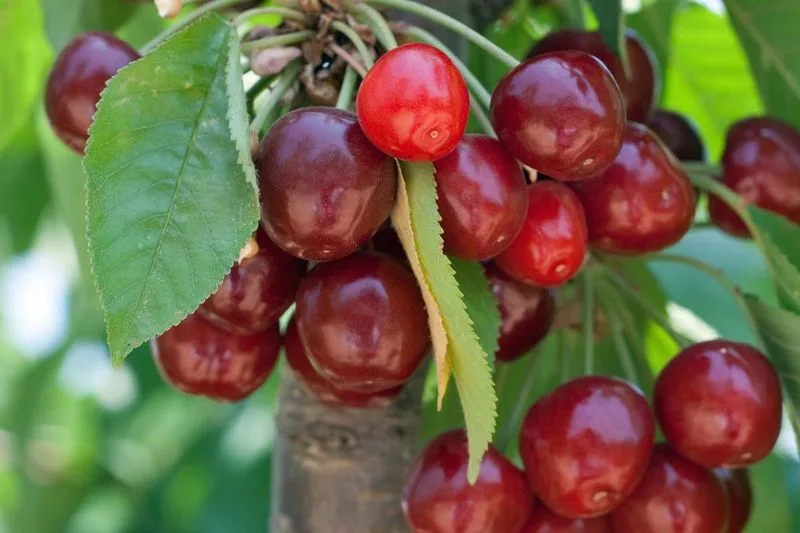
Cherries are a beloved fruit, offering a blend of sweetness and tartness. They thrive in well-drained soil with ample sunlight.
These trees provide both food and beauty, with stunning spring blossoms that attract pollinators. Regular care ensures healthy growth and fruiting.
In addition to fresh consumption, cherries can be preserved, providing a lasting food source. Their presence enhances any garden’s appeal.
Almond Tree
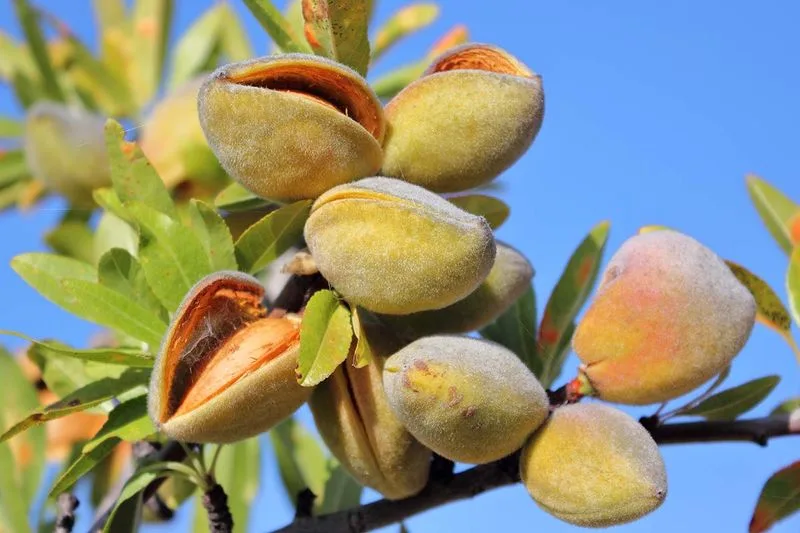
Almonds offer healthy fats and proteins, making them a valuable food source. These nuts can be stored for long-term sustenance.
Thriving in warm climates, almond trees need well-drained soil and plenty of sun. Their spring blossoms are a visual delight.
Aside from nutrition, almonds can be used in various culinary preparations, adding versatility to your food resources.
Avocado Tree
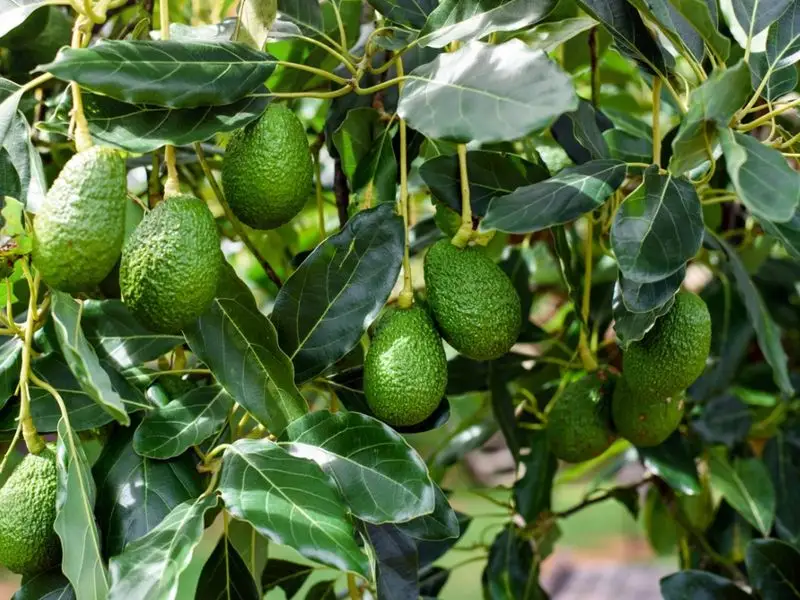
Avocados are rich in healthy fats, essential for a balanced diet. These trees require a warm climate and well-drained soil for optimal growth.
Avocado trees can produce abundant fruit, offering a creamy texture and a wealth of nutrients. Regular care ensures a consistent yield.
Beyond food, their dense foliage provides shade, making them a multifunctional addition to any survivalist’s garden.
Lemon Tree
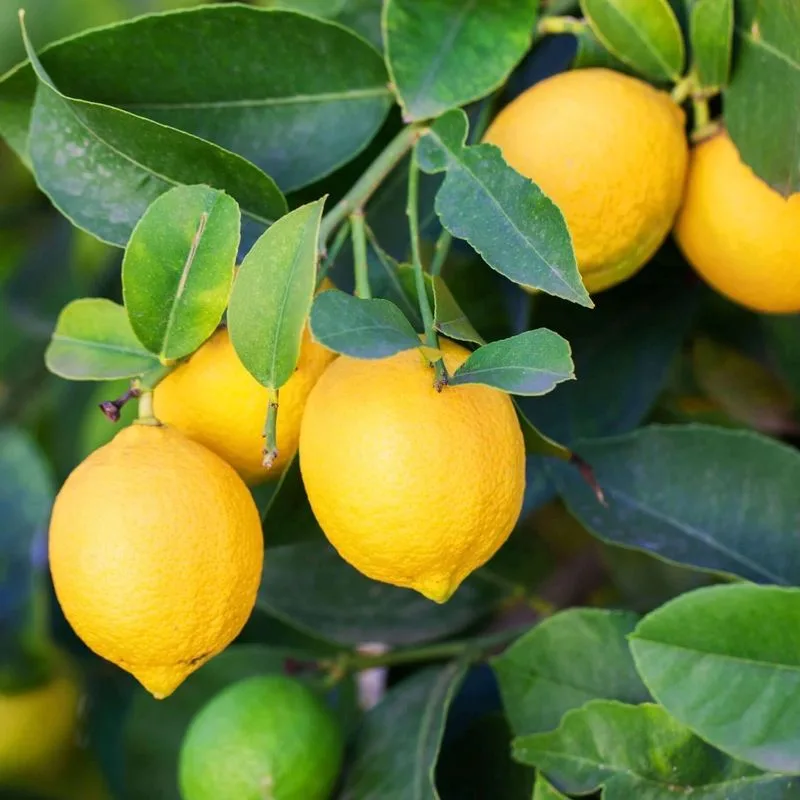
Lemons are versatile, known for their culinary and medicinal uses. They offer vitamin C, essential for immune support.
These trees thrive in sunny climates, producing aromatic fruits year-round with proper care. Pruning helps maintain their shape and health.
Beyond fruit, lemon trees add beauty and fragrance, enhancing any garden’s ambiance. Their resilience makes them a staple in survival gardens.

